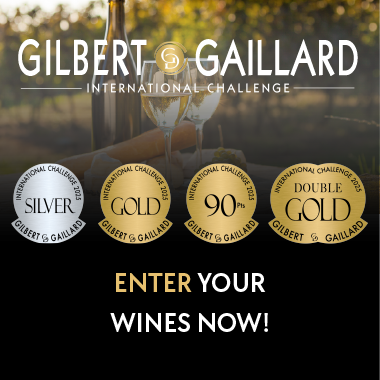
Editorial
06 May 2024
Pinotage, South Africa’s darling grape
Bright color, light salmon pink. Inviting nose combining small red fruits, hints of fresh tobacco, and dried herbs. Lively palate focusing on intense and seductive fruit, with a crisp and joyful style. Enjoyable to taste at the table.






